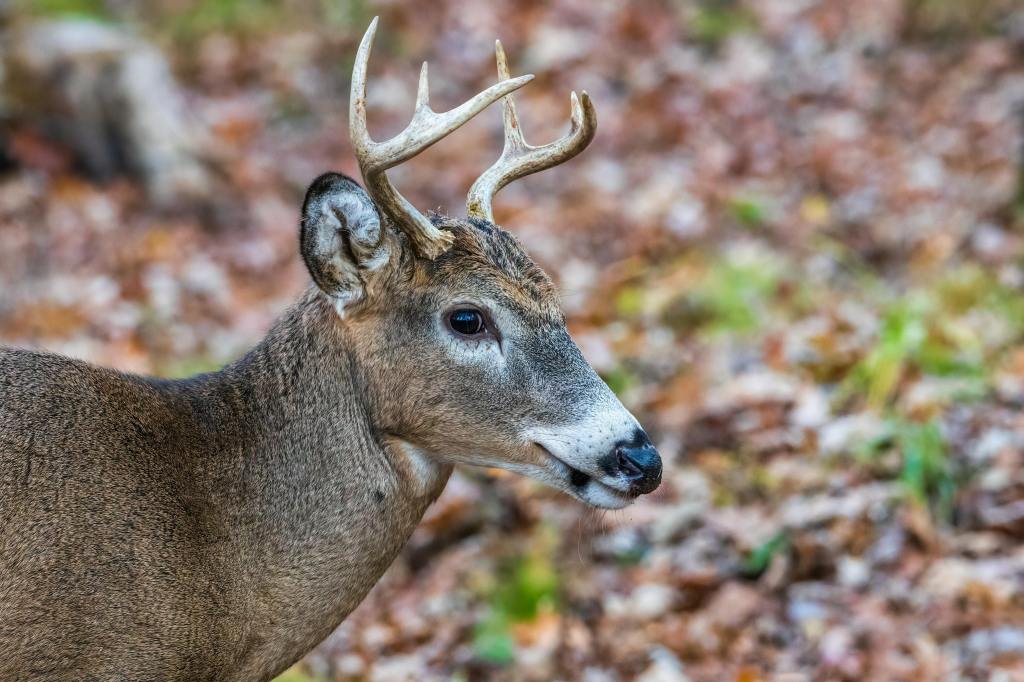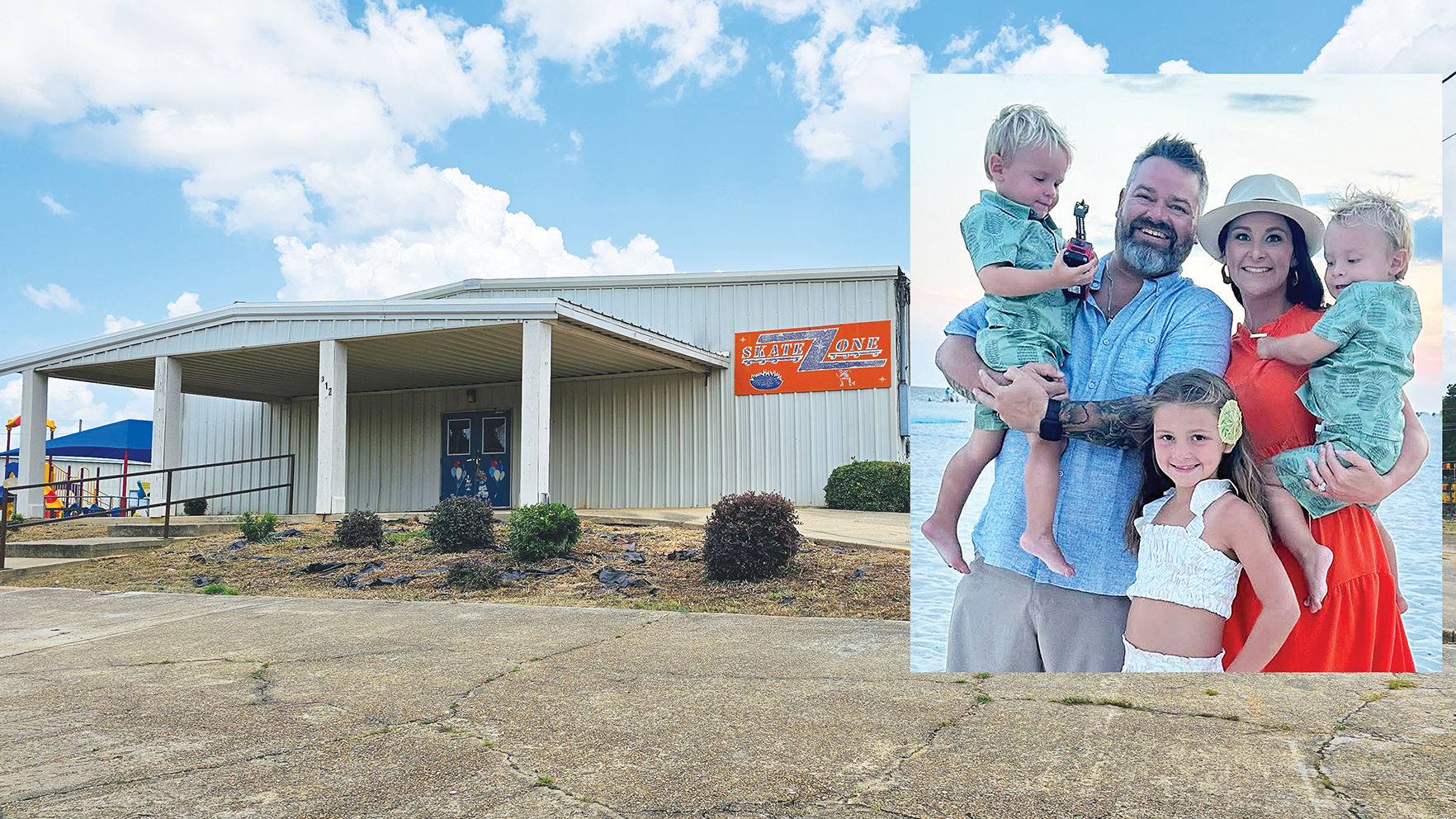DMAP works to increase healthier deer herd, antler scores
Published 3:00 pm Thursday, April 3, 2025
JACKSON — Private land dominates the landscape in Mississippi. In total, 80 percent of the land in Mississippi is privately owned with 90 percent of hunting days spent on private land in Mississippi.
These figures on private land ownership and hunting efforts highlight the importance of managing private lands. Deer Management is a yearlong practice and MDWFP offers a program to help landowners manage their property for deer.
Trending
History of DMAP
The Mississippi Game and Fish Commission was established in 1932. Since 1977, Deer Management Assistance Program has transformed deer management in Mississippi. DMAP started at Mississippi State before becoming a statewide program in 1980 through the Mississippi Department of Wildlife, Fisheries and Parks.
MDWFP’s deer program was founded in 2005 and the private lands program launched in 2017.
From 1977 to 2022, DMAP has had 2,395 properties participate in the program. In total, 692,076 deer have been harvested on DMAP properties. On average, properties have been enrolled in DMAP for 8.7 years.
Vast data points
Trending
Pierce Young, Private Lands Biologist, said they had great data on DMAP but have never published a report on how DMAP works to improve deer herds at a state level. Most discussion with data was on a year-to-year basis for harvest trends, age structure and body condition with individual landowners.
“No one had deep dived into that data so I did and a lot of good stuff came out of it,” Young said.
For two years, he worked to dig through decades of data and put together a report which he then presented at the Southeastern Deer Study Group.
“We have always had a lot of individual data about what is good deer management with benefits of doe harvest and letting bucks get older but we never took this data set and shown how much DMAP works,” Young said. “DMAP is a tool we use for landowners that have a property and interest in deer hunting. A couple years ago when I was working with DMAP, it kept coming up if we had any selling points or numbers to put out there on DMAP.”
Young said by taking the data MDWFP had collected over the last 45 years and cleaning up the data he was able to find some good information which properties can do to compare to other properties. It often takes two generations for results to show from management efforts. The first year a property is in DMAP before changes are made is known as year 0.
In year 0, DMAP biologists meet with the property owner and develop a list of management objectives and collect data to base recommendations off of. Young explained the property owners are asked to harvest deer like they normally would but they collect data from body weight, lactation dates and jaw bones and then adjust recommendations based on that.
Over time, DMAP compares doe and buck harvest rates, yearling doe weights, buck age, adult doe lactation, beam length and antler score at harvest and their potential score.
“Over time we showed things get better compared to year zero. We looked at all different data points and we started to see results in five to ten years,” Young said. “Typically, you want to see the harvest increase first. It often takes two generations after management for deer to be in better condition. We are seeing harvest increase, health of does increase. From years five to 10 you see buck age structure get better and quality get better.”
Within five years of being on DMAP, doe harvest increases by 44 percent, lactation increases by 8 percent, buck harvest increases by 26 percent, buck age increases by 40 percent.
Buck scores increase
Within 10 years, buck antler score increased by 13 percent for DMAP properties. Young took things a step further by looking into the correlation between doe body weight and buck antler scored.
Data collected by DMAP showed as doe body weights increased by 10 pounds then buck antler scores increased by seven inches. Using a formula created at Mississippi State University’s Deer Lab, Young was able to look at the potential scoring for harvested bucks.
“We now have a table to show landowners that they are at this body weight then the antler score for a buck will be this,” Young said. “If you want a higher scoring buck you need to get your doe body weights up. We have comparative numbers to show now. This is where you are, what it means and where we want to get you to.”
Some properties have been in DMAP since the beginning of the program at Mississippi State in 1977. Young said a lot of the data used in his report came from properties who have stayed in DMAP for at least five years. Most of the properties who drop out of DMAP do so in year one or two before any benefits can be gained.
One thing which stood out to Young is the potential for Boone and Crockett bucks as management continues. Within 10 years, the potential for a buck to score 170 inches doubled and within 20 years the potential tripled.
“The healthier the deer herd gets the higher the potential of having quality bucks out there,” Young said. “A lot of people do not feel like the area they are hunting can have quality bucks. They can grow these high-quality deer and the potential is there. The end result is that DMAP works.”
MDWFP dropped the acreage requirement for the DMAP program but properties still need to be able to provide data to help inform recommendations.
Visit MDWFP.com to learn more about DMAP and the private lands program.






